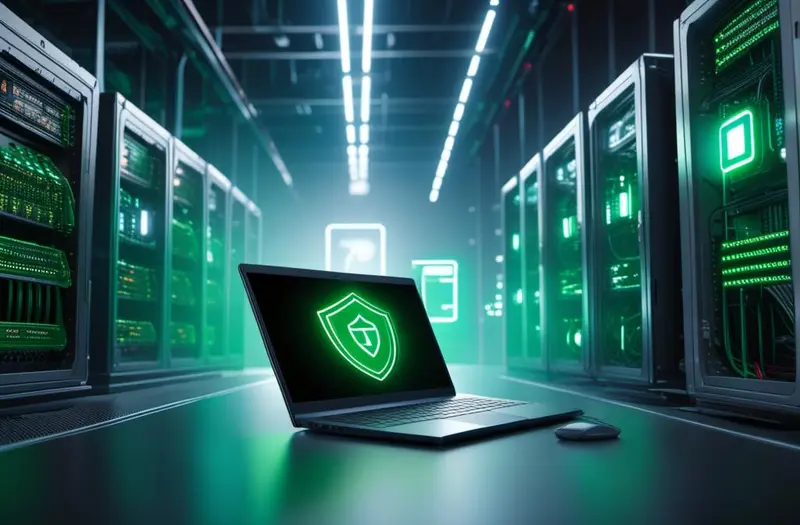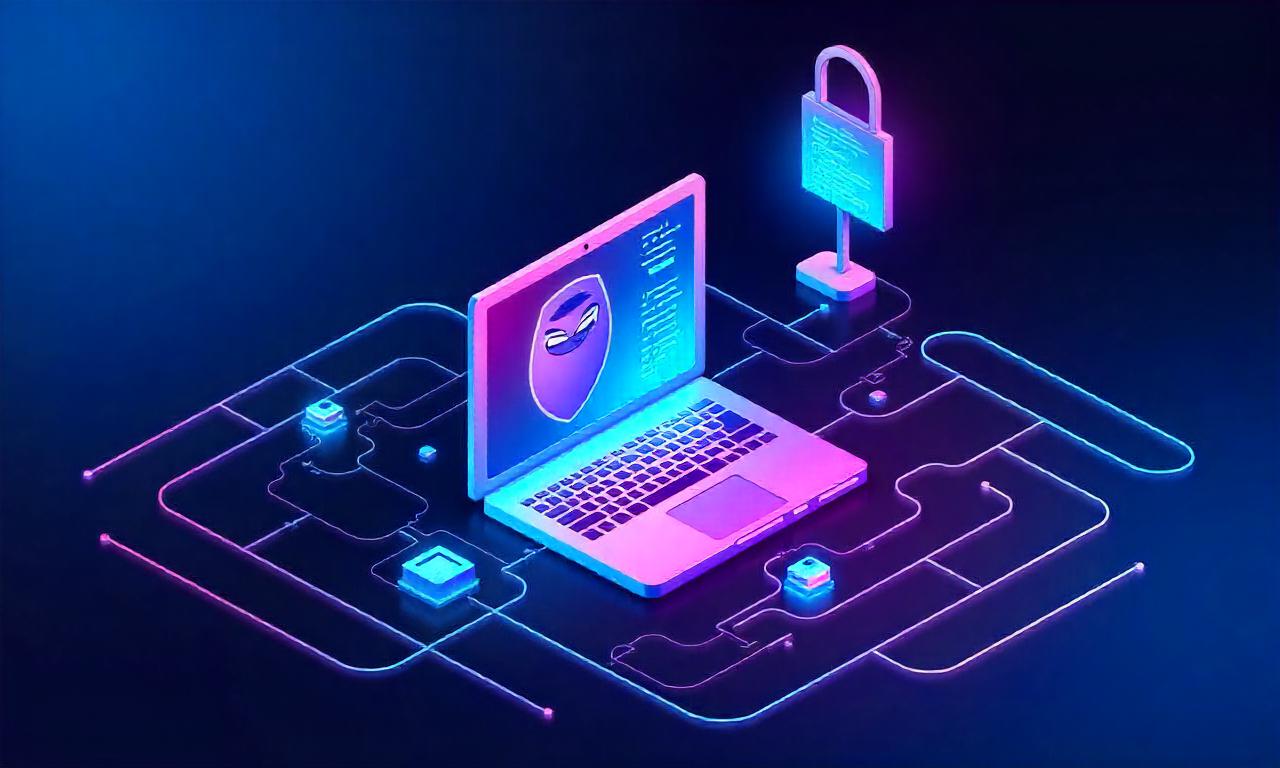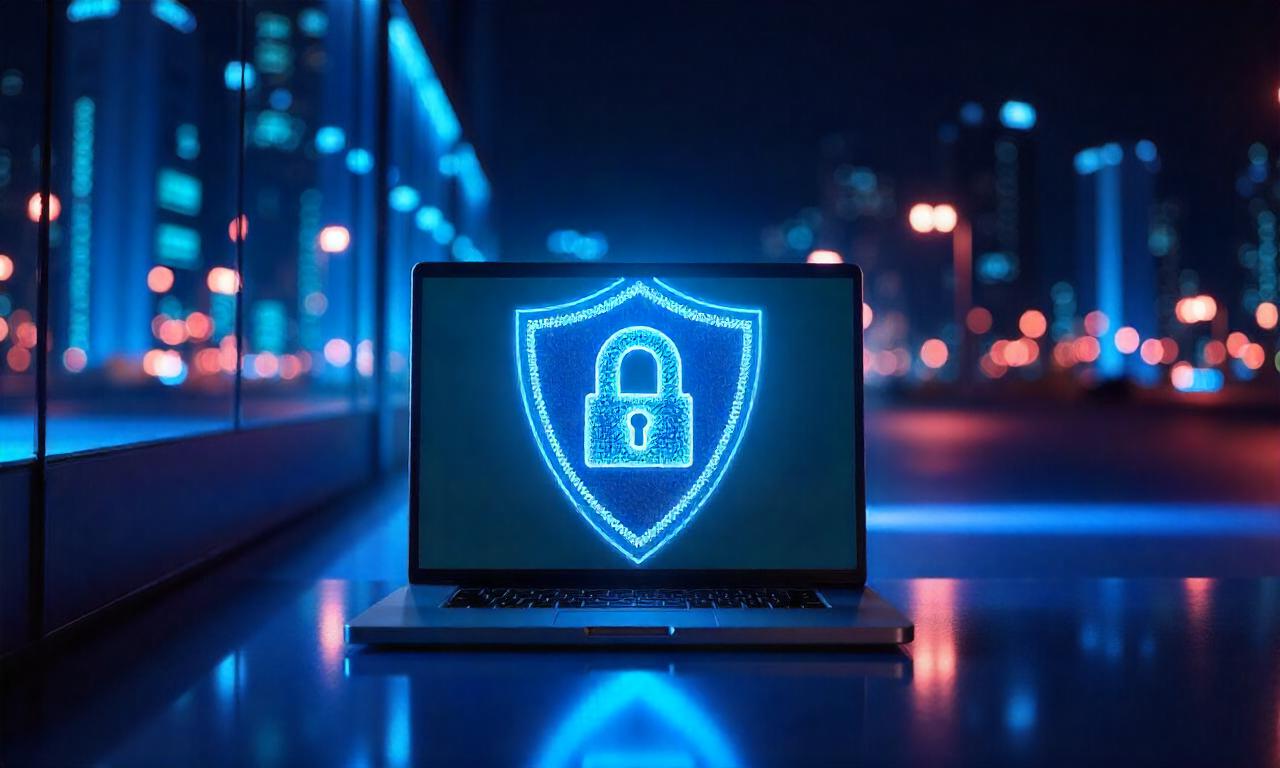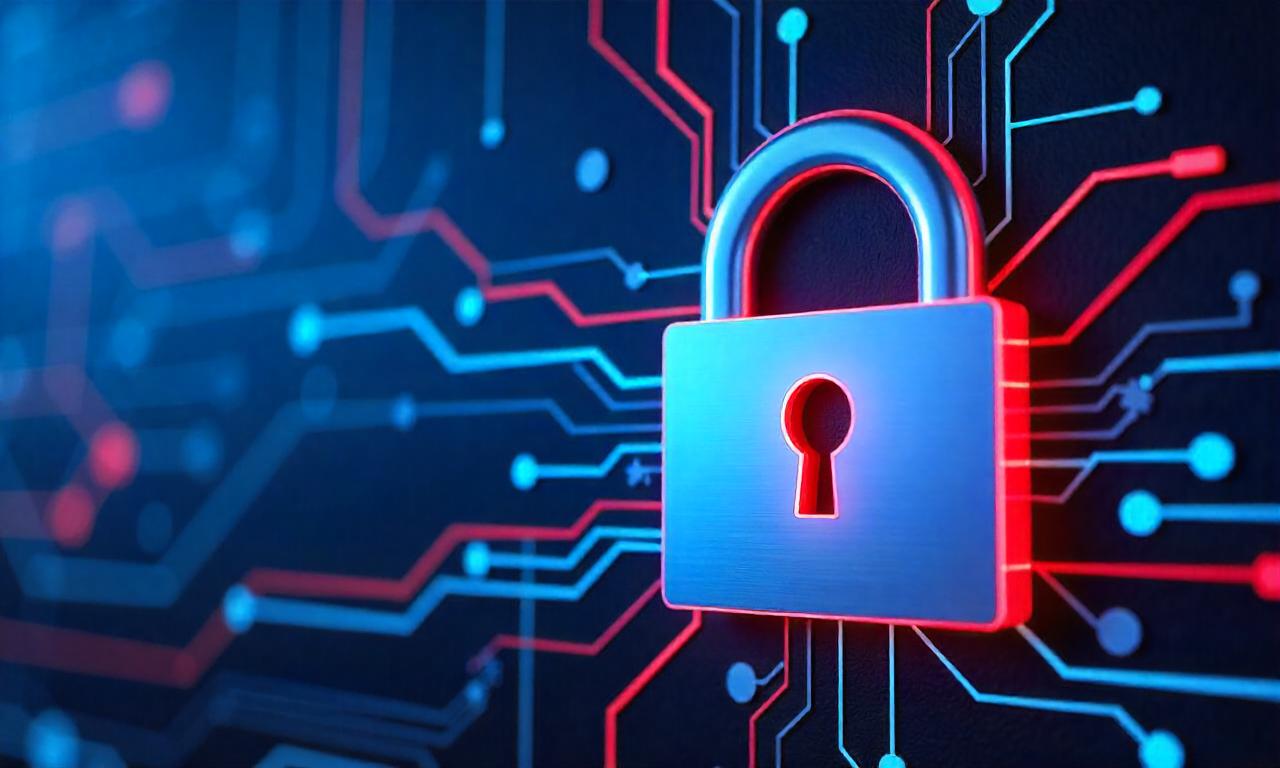vpnpieces.com – Secure your remote sessions effortlessly with our expert guide on how to use a VPN for remote desktop, ensuring safety, speed, and peace of mind.
Table of Contents
ToggleWhy We Need a VPN for Remote Desktop Access
Using a VPN for remote desktop isn’t just a good idea—it’s a necessary security measure. A VPN encrypts the data we send and receive, ensuring that sensitive information remains inaccessible to cybercriminals.
- Without VPN protection, remote desktop connections are vulnerable to interception.
- VPN tunneling for remote desktop shields our IP address and connection from prying eyes.
- Regulatory compliance (such as HIPAA or GDPR) often mandates secure connections, which VPNs facilitate.
According to a 2024 Verizon Data Breach Investigations Report, over 60% of remote work breaches were due to insecure remote connections.
How a VPN Secures Remote Desktop Connections
A secure remote desktop with VPN offers multiple layers of protection:
- Encryption: Data is converted into unreadable formats.
- Authentication: Only verified users can access the network.
- Tunneling: Private “tunnels” are created within public networks for secure communication.
This robust framework ensures that even if someone intercepts our connection, they can’t make sense of the data without the appropriate encryption keys.
Read More : How to Use VPN for Mac
Key Features to Look for in a VPN for Remote Desktop

When choosing the best VPN for remote desktop, we must prioritize:
- Strong Encryption Protocols (e.g., AES-256)
- Multi-Factor Authentication (MFA)
- Kill Switch Functionality
- Dedicated IP Addresses
- Fast and Stable Connections
“Using a VPN without strong encryption is like locking your front door but leaving the window wide open.”
How to Use a VPN for Remote Desktop
1. Choose the Right VPN Provider
Not all VPNs are created equal. Selecting a reputable VPN provider is critical for achieving secure remote desktop with VPN.
Criteria for Choosing:
- High uptime guarantees
- Transparent privacy policies
- No-log commitments
- Compatibility with our OS (Windows, macOS, Linux)
Popular Options:
| VPN Provider | Encryption | Dedicated IP | Price (Monthly) |
|---|---|---|---|
| NordVPN | AES-256 | Yes | $12.99 |
| ExpressVPN | AES-256 | No | $12.95 |
| Perimeter 81 | AES-256 | Yes | $10.00 |
2. Install VPN Client on Both Host and Remote Machines
- Download the VPN client for remote desktop on the devices we’ll be using.
- Ensure compatibility with Remote Desktop Protocol (RDP) and other relevant software.
Tip: Always install the latest software version to avoid vulnerabilities.
3. Configure VPN for Remote Work Settings

Once installed:
- Set up VPN tunneling for remote desktop.
- Enable split tunneling if needed.
- Configure firewall rules to allow RDP traffic through the VPN tunnel.
Ensuring proper remote desktop VPN settings is crucial to prevent accidental exposure.
4. Set Up Remote Desktop Connections
Using Windows:
- Open “Remote Desktop Connection.”
- Enter the remote device’s VPN-protected IP address.
- Authenticate using VPN credentials.
Configuring a vpn for remote work properly ensures only authenticated users can initiate sessions.
Best Practices for Maintaining a Secure Remote Desktop VPN Connection
- Use MFA wherever possible.
- Limit login attempts to thwart brute-force attacks.
- Regularly update remote desktop vpn software to patch vulnerabilities.
- Use strong, unique passwords for both VPN and RDP.
According to IBM’s 2024 Cost of a Data Breach Report, organizations implementing MFA reduced breach costs by 40%.
VPN Protocols for Remote Desktop Access: Which One is Best?

Different protocols offer different benefits:
| Protocol | Speed | Security | Best For |
|---|---|---|---|
| OpenVPN | Medium | Very High | Corporate Remote Access |
| IKEv2/IPSec | High | High | Mobile Workers |
| WireGuard | Very High | High | Speed-focused Remote Access |
OpenVPN remains the most recommended for remote desktop vpn security.
Troubleshooting Common VPN and Remote Desktop Issues
1. Slow Connection Speeds
- Use servers geographically closer to your location.
- Switch VPN protocols (e.g., WireGuard for faster speeds).
2. Connection Drops
- Enable Kill Switches.
- Configure auto-reconnect settings.
A stable connection ensures seamless remote desktop via VPN usage.
Read More : How to Choose the Best VPN for Your Needs
Benefits of Encrypting Remote Desktop with VPN
- Enhanced Security: Mitigates risks of data breaches.
- IP Masking: Hides our real location.
- Data Integrity: Ensures data isn’t altered in transit.
- Bypass Geo-Restrictions: Useful for accessing corporate resources internationally.
Encrypt remote desktop with VPN to maintain control over all session data.
Comparing Remote Desktop Without VPN vs. With VPN
| Feature | Without VPN | With VPN |
|---|---|---|
| Data Encryption | No | Yes |
| Authentication | Basic | Advanced (MFA) |
| IP Protection | No | Yes |
| Risk of Hacking | High | Low |
The choice is clear—vpn security for remote access is non-negotiable.
FAQs
Why should we use a VPN for remote desktop?
A VPN secures our data with encryption, preventing cybercriminals from intercepting or tampering with our sessions.
How do I set up a remote desktop via VPN?
Choose a reputable VPN provider, install the client, configure firewall and VPN settings, and connect using RDP.
What is the best VPN for remote desktop connections?
NordVPN, ExpressVPN, and Perimeter 81 are leading choices due to their robust security features and dedicated IP options.
Can I use a free VPN for remote desktop access?
It’s not advisable—free VPNs often lack strong security measures, risking data breaches.
How does vpn authentication for remote desktop work?
Authentication involves validating our identity before granting access, typically through credentials and MFA.
Conclusion
Using a VPN for remote desktop is not just an option—it’s a necessity for protecting sensitive data and ensuring secure connections. By following the steps outlined in this remote desktop vpn guide, we can confidently set up and maintain a safe, reliable remote work environment.
From choosing the best vpn for remote desktop to configuring optimal remote desktop vpn settings, every measure counts towards achieving a secure remote connection with vpn.
Key Takeaways
- How to use a vpn for remote desktop involves choosing a secure provider, setting up software correctly, and maintaining best practices.
- Strong encryption, stable protocols, and MFA authentication are vital for remote desktop vpn security.
- Regular updates and vigilant troubleshooting help ensure continuous protection and optimal performance.
















